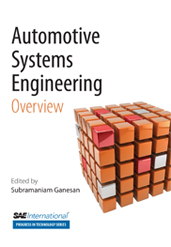Technical Paper
3D CFD Modeling of an Electric Motor to Predict Spin Losses at Different Temperatures
2024-04-09
2024-01-2208
With the advent of this new era of electric-driven automobiles, the simulation and virtual digital twin modeling world is now embarking on new sets of challenges. Getting key insights into electric motor behavior has a significant impact on the net output and range of electric vehicles. In this paper, a complete 3D CFD model of an Electric Motor is developed to understand its churning losses at different operating speeds. The simulation study details how the flow field develops inside this electric motor at different operating speeds and oil temperatures. The contributions of the crown and weld endrings, crown and weld end-windings, and airgap to the net churning loss are also analyzed. The oil distribution patterns on the end-windings show the effect of the centrifugal effect in scrapping oil from the inner structures at higher speeds. Also, the effect of the sump height with higher operating speeds are also analyzed.

